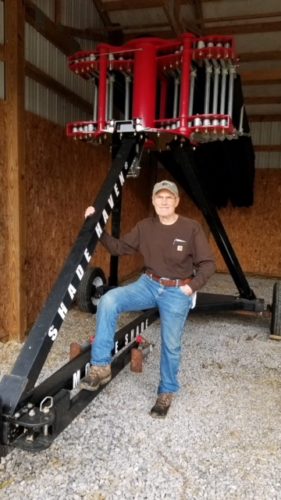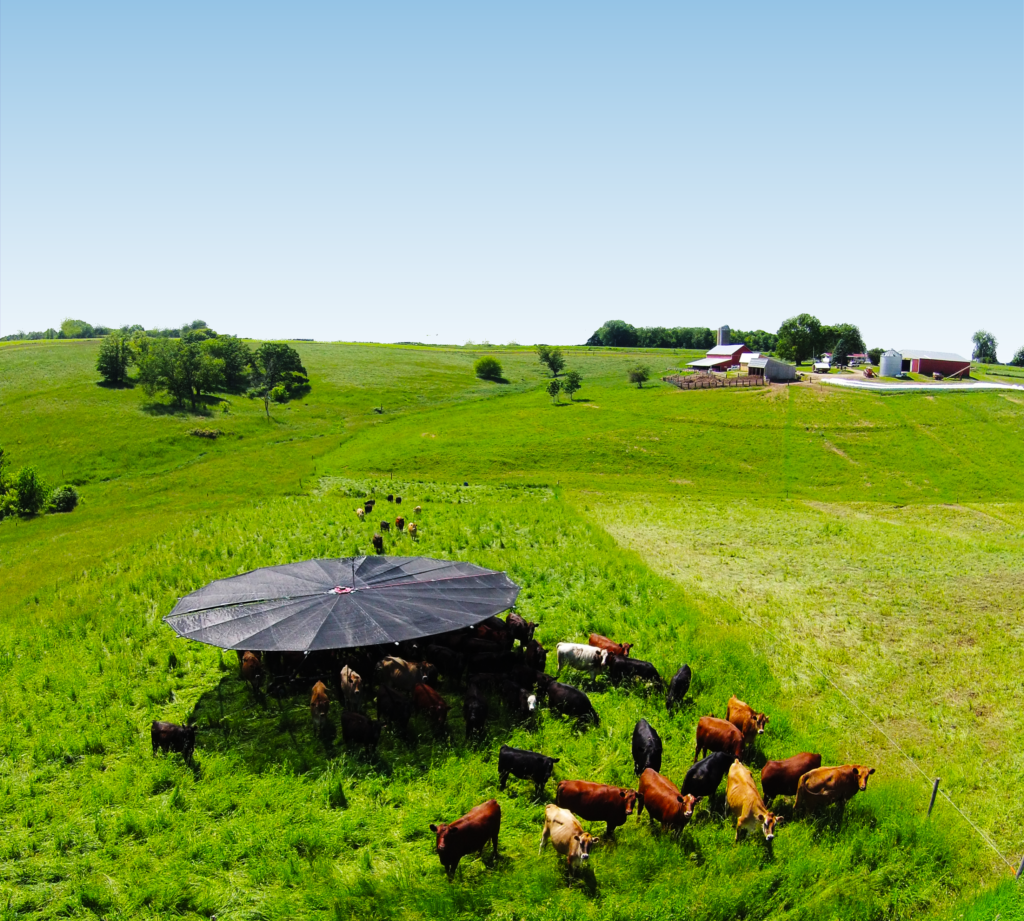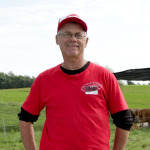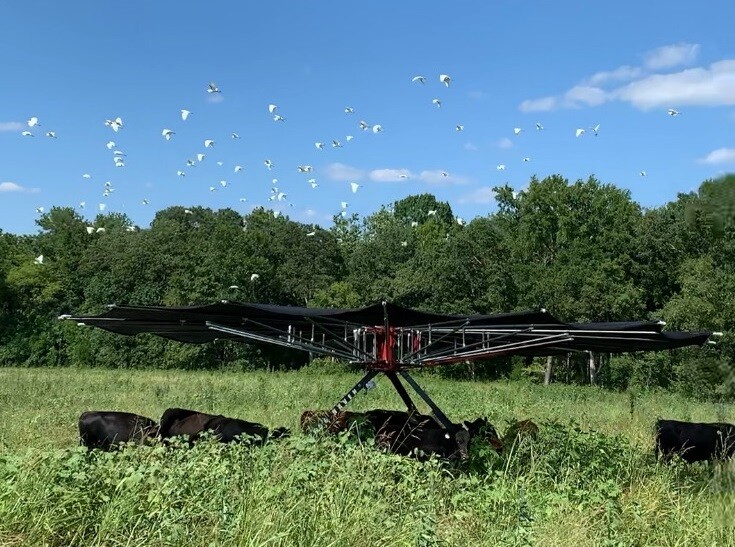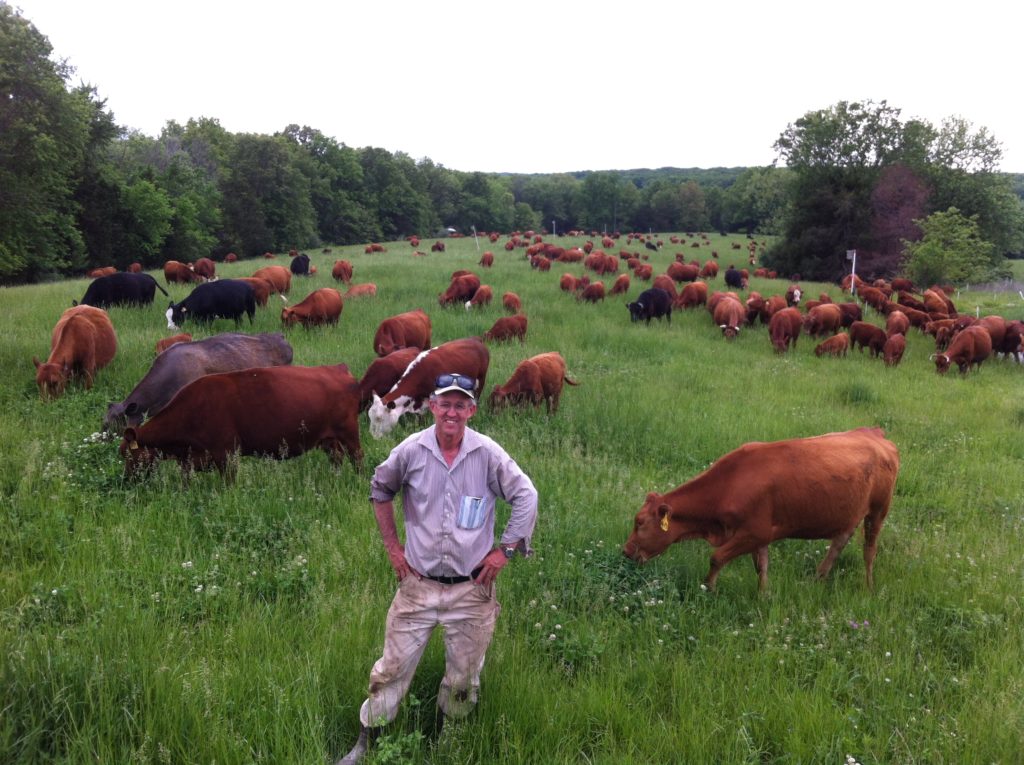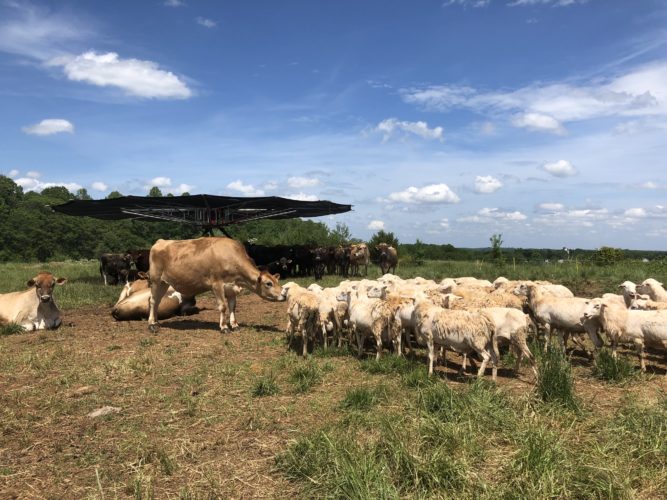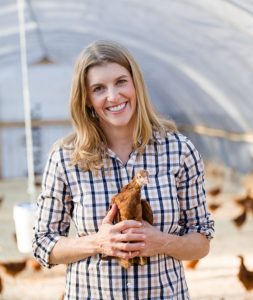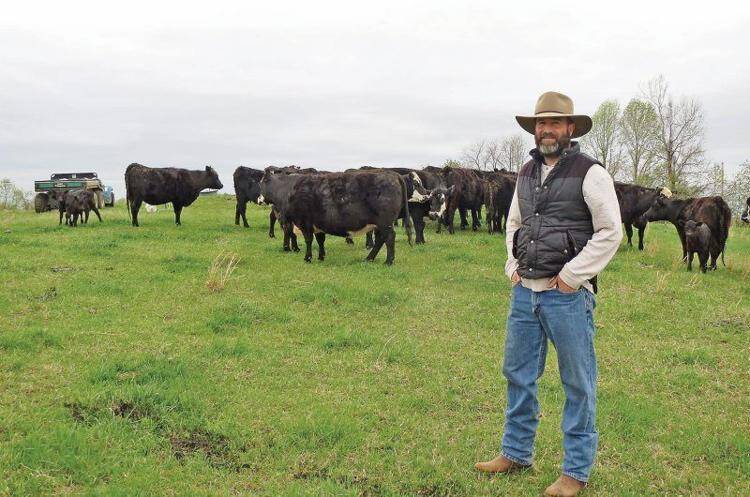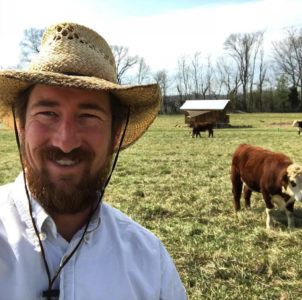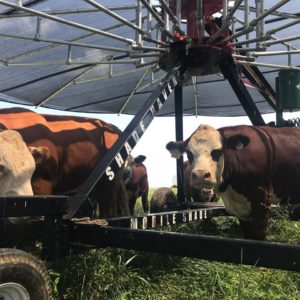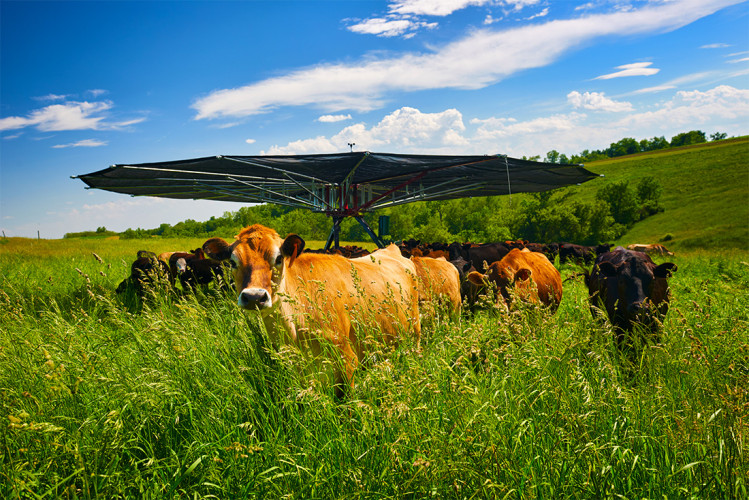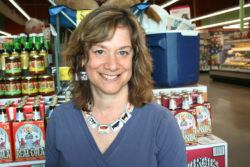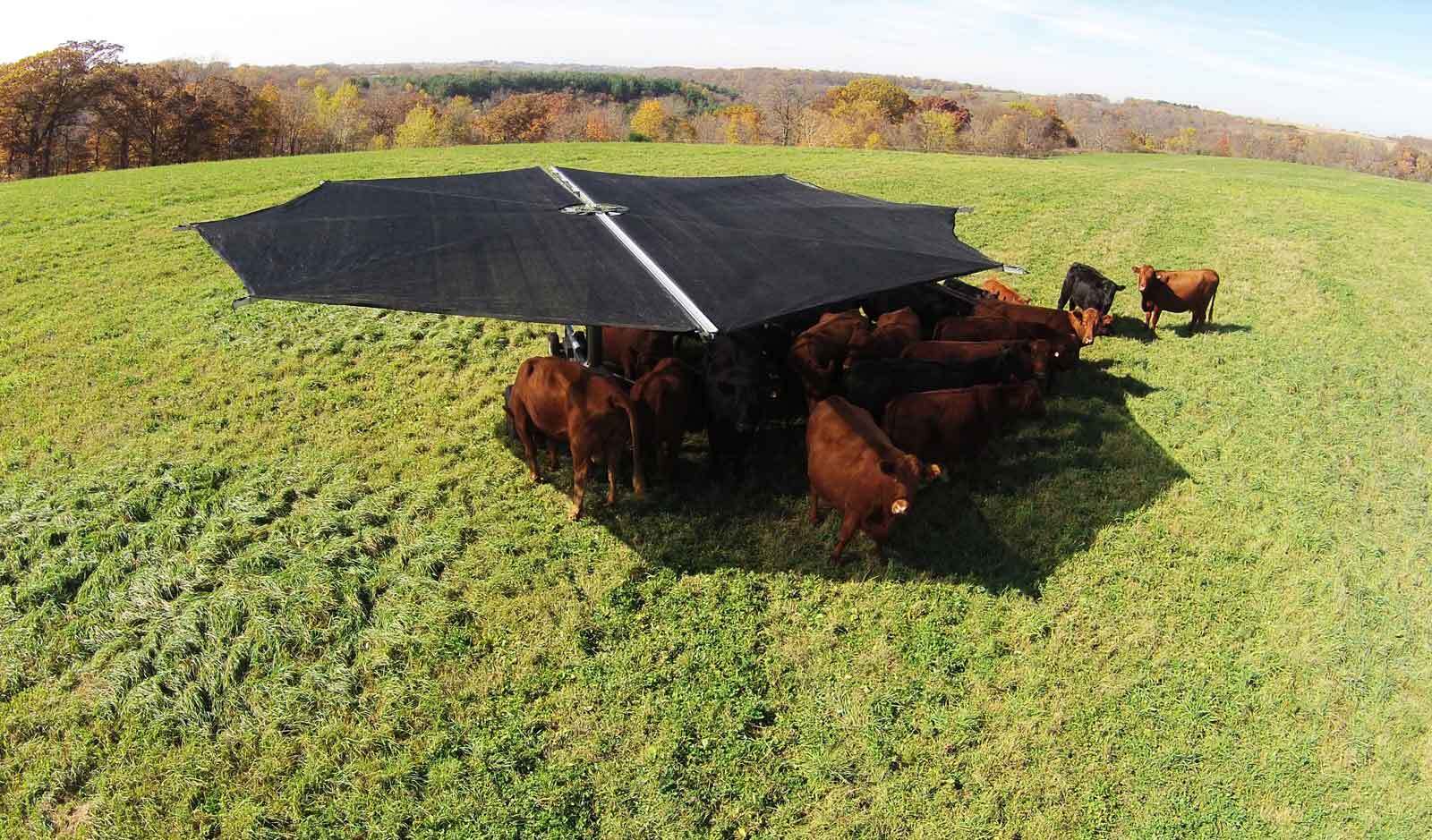Tennessee Beef farmer and rotational grazier John Abe Teague looks forward to implementing new regenerative farming strategies in the 2020 grazing season.
“We are embracing regenerative agriculture to improve our grasslands, heal our land, increase forage diversity, and improve the health of our soil and livestock, while keeping more of our dollars on the farm instead of paying for inputs,” says Teague.
Two Shade Haven mobile shade systems are part of Teague’s regenerative plan. “I tell people the only reason I am able to farm our land and raise cattle is because of Shade Haven,” he says.
“After acquiring the first Shade Haven in 2015, we developed more infrastructure with paddocks and spring fed water tanks in each paddock, enhancing our ability to improve cattle rotations,” adds Teague. “Annually we have taken soil samples, drilled seed, and clipped our fescue/orchard grass pastures preventing endophyte toxicity and to keep the farm attractive.”
Making changes
While his farm has definitely benefited from rotational grazing, Teague was inspired to do more after attending the 2019 Regenerative Soil Summit in Greeneville, Tennessee, and spending time on Ray Archuleta’s farm in Seymore, Missouri. There Archuleta and fellow regenerative ag experts Gabe Brown and Dr. Alan Williams taught Teague how to use Adaptive Stewardship to restore the functional biodiversity of the soil.
“The soil biology must be a priority. That is where it all begins,” notes Teague.
Teague leased an additional 20 acres in October with plans to improve the grass density and rotation. He drilled his pasture land with a mixture of Marshall Rye grass, Kentucky Fescue 31 and Orchard Grass, and will add 2-3 lbs. per acre of Ladino clover in March. He plans to seed a sacrifice field, where he wintered his cattle, with Ladino Clover, red clover, Fescue 31, Orchard Grass and some brassicas.
Teague also intends to reduce his herd of 42 Angus cattle, keeping the highly productive cows and replacement heifers.
A second Shade Haven SH1200 purchased in late 2019, enables him to better utilize his property and move the weaned calves into rotation grazing away from the main herd, providing less competition and better grass diversity.
“My twin Shade Havens allow me to utilize all the grass resources on the farm and not just where the cattle choose to eat,” adds Teague.
Mobile shade also fits Teague’s vision of raising livestock humanely. “God put us on his earth to have domain over the animals, and it is our responsibility to raise them humanely,” he adds. “That means giving them the three basic needs of life – grass, water and shade. But we do so in a manner that recognizes stewardship of both the land and the animals.”
